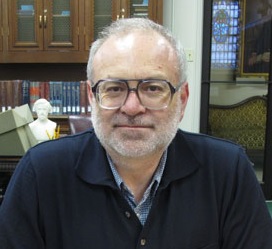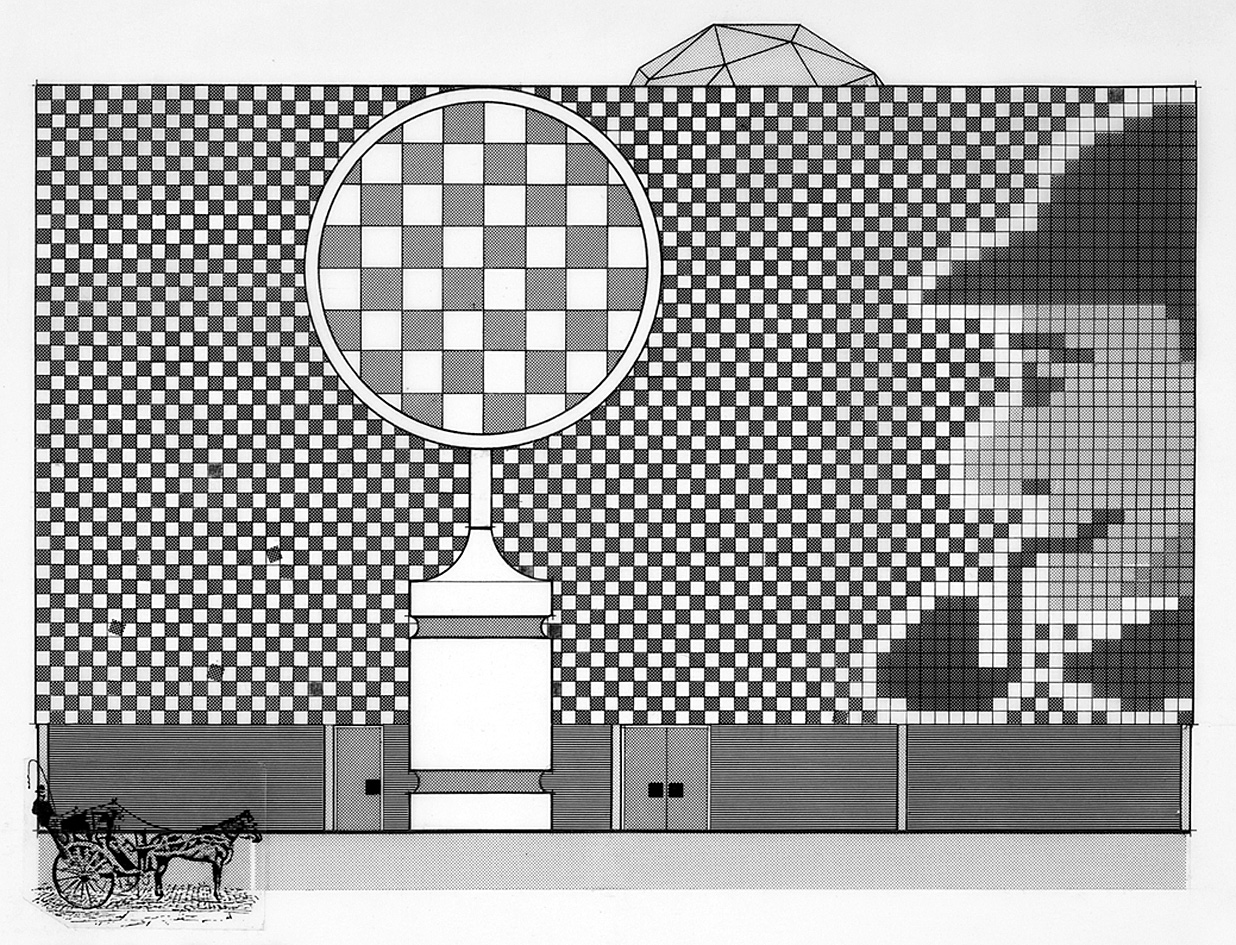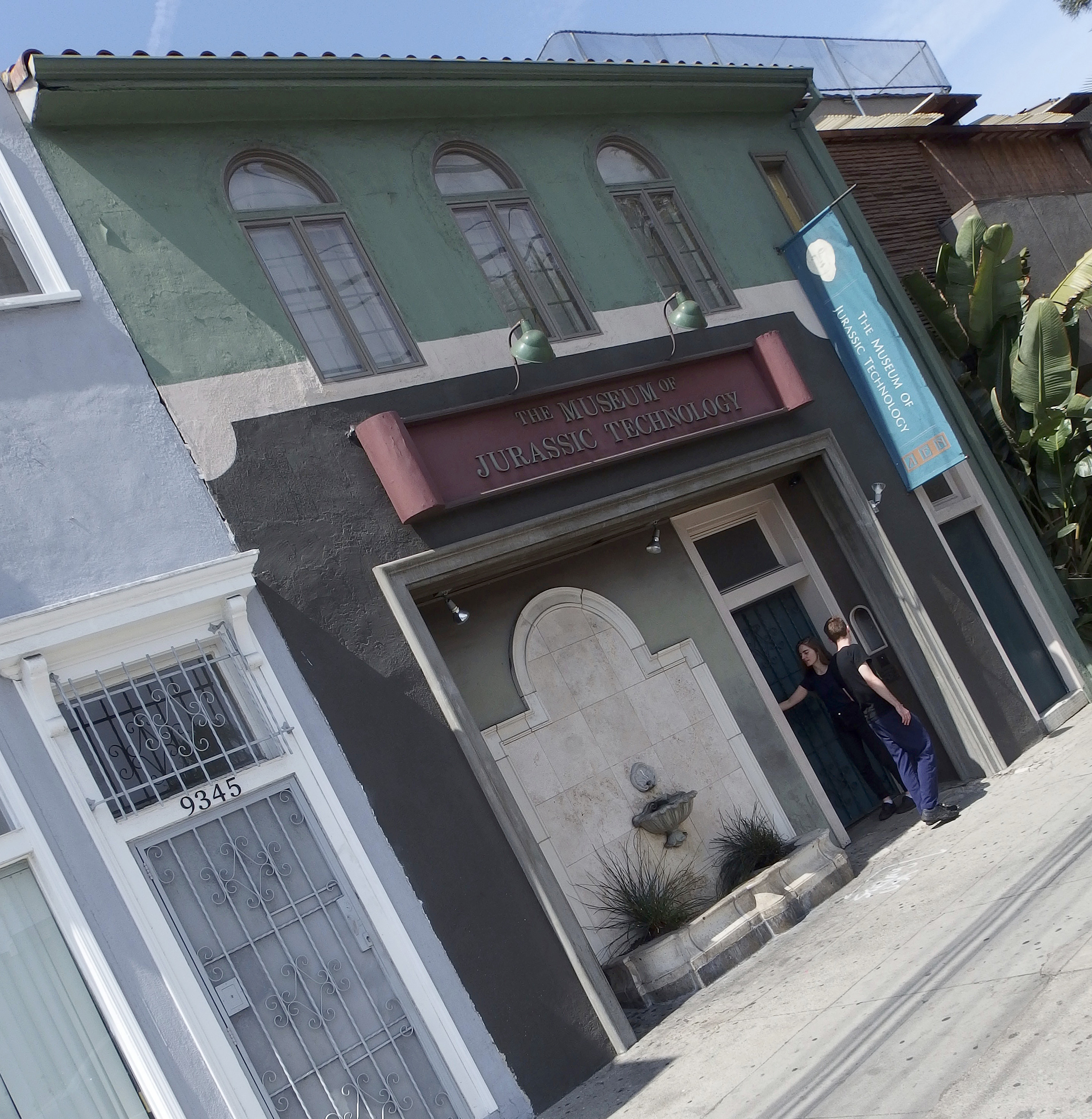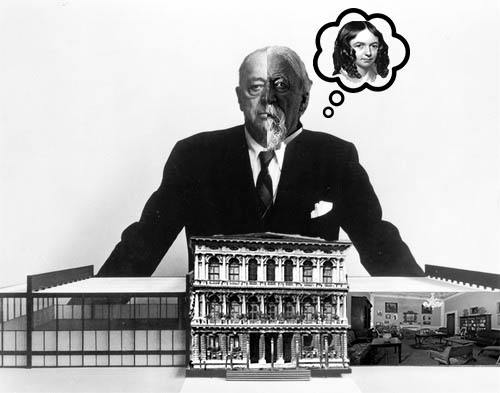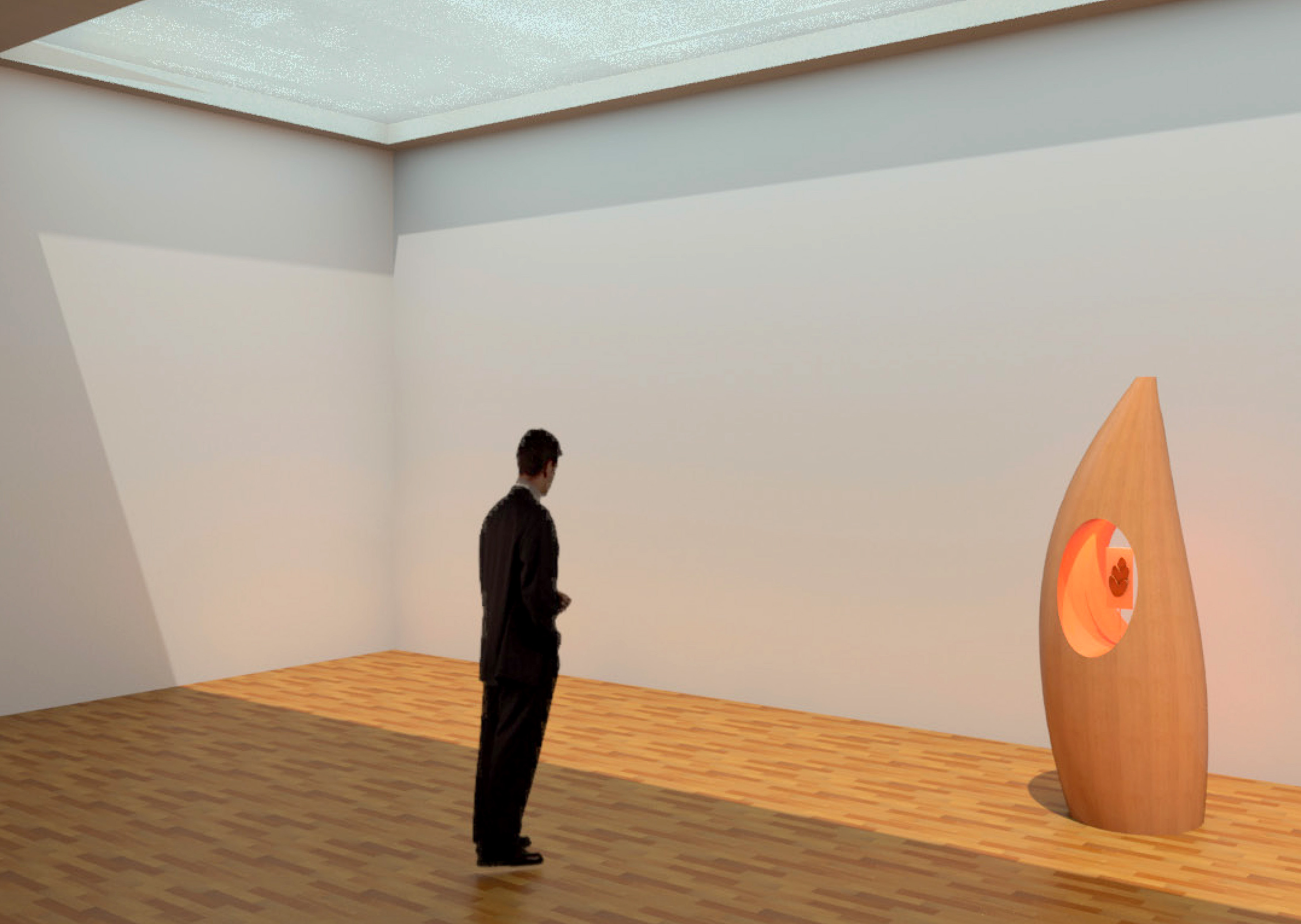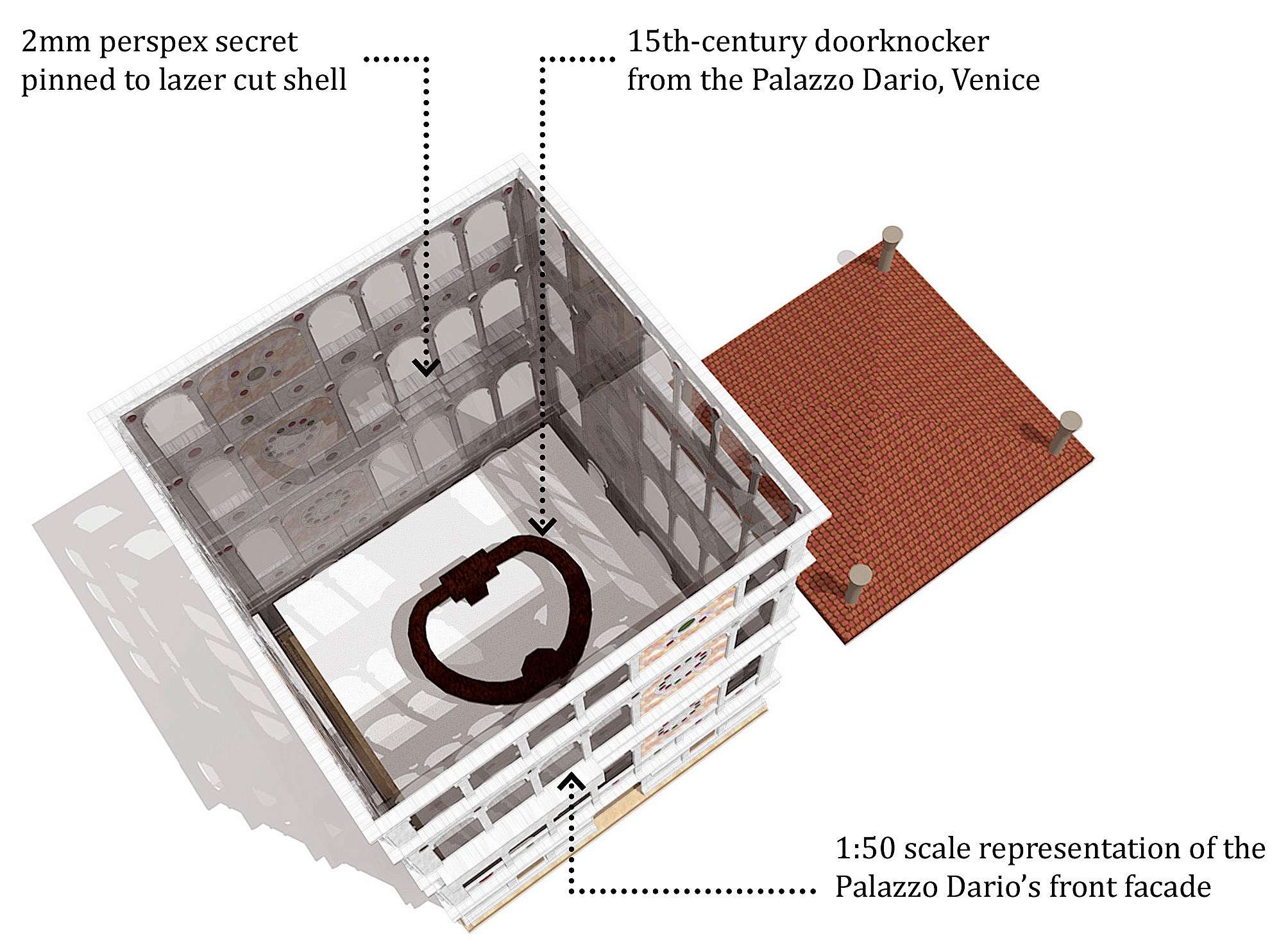By Derham Groves, Ph.D., University of Melbourne, Australia
While browsing through a copy of the Times Literary Supplement in the staff club at Melbourne University, where I teach architecture, I came across a call for applications for visiting scholars to the Armstrong Browning Library (ABL) at Baylor University in Waco, Texas.
The ABL houses the world’s largest collection of materials relating to the lives and work of the married Victorian-era poets, Robert Browning and Elizabeth Barrett Browning. This collection was assembled over many years by Dr. Andrew Joseph Armstrong, the much-admired and respected Head of the English Department at Baylor between 1912 and 1952. It includes a number of intriguing so-called ‘relics,’ such as a plaster of Paris rosette from the ceiling of the church where Robert Browning was christened, a window latch from Browning’s study, and a dried rose from Browning’s mother’s garden that he sent to Elizabeth Barrett during their courtship. A number of these relics have a tenuous—if not even a dubious—connection to the Brownings, nevertheless, they have a mysterious fascination that is difficult to explain.
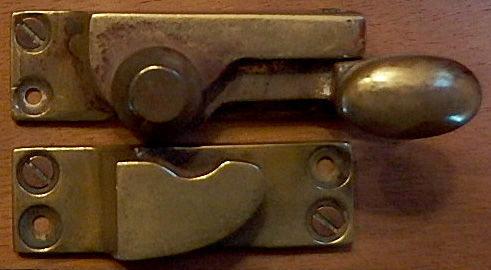
Fig. 1: A window latch from Robert Browning’s study, on display in the Hankamer Treasure Room at the ABL.
Dr. Armstrong’s Browning collection was first housed in an alcove in the Carroll Library at Baylor. When it outgrew that, it was housed in a room in the same building. When it outgrew that, it was housed in the Armstrong Browning Library. Dr. Armstrong was also the driving force behind the design and construction of this very handsome building. His lofty ambition was to create one of the most beautiful buildings in America—if not the world—especially for his Browning collection.
Libraries and museums specially designed for particular collections have interested me ever since 1981, when—for my final-year undergraduate architectural design project at Deakin University in Geelong, Victoria, Australia—I designed a building to house the world’s largest Sherlock Holmes collection at the University of Minnesota. This project first alerted me to the fascinating process of matching a ‘container’ to its ‘contents,’ as it were, not only in a pragmatic sense, but also in a symbolic sense.
I am also very interested in cabinets of curiosities. Traditionally, they consisted of an eclectic assemblage of things, which often included sham objects that were presented as genuine. They were collected for their entertainment value by one person, who would proudly display them in an elaborate cabinet. Larger collections were housed in entire rooms or whole buildings, but the name, “cabinet of curiosities,” stuck. Significantly, the origins of today’s museums date back to the cabinets of curiosities of the 1600s.
In recent years there has been a lot of interest in the narrative possibilities of cabinets of curiosities, especially from architects, artists, curators, and writers. The reconstruction of Strecker’s Cabinet of Curiosities in the Mayborn Museum, which is also at Baylor University, the Museum of Jurassic Technology in Culver City, California, and the Museum of Innocence in Istanbul, Turkey, are examples of the current interest in cabinets of curiosities.
Clearly, buildings specially designed for particular collections and cabinets of curiosities have plenty in common. Indeed, in my view, the Armstrong Browning Library has enough similarities to a cabinet of curiosities to be regarded as almost one. Like a number of cabinets of curiosities, the ABL:
1) Began as one person’s hobby/plaything/obsession.
2) Contains a number of real curiosities.
3) Developed into a major library-museum.
4) Occupies an elaborate, purpose-designed building/container.
In my visiting scholar application, I proposed researching the design of the Armstrong Browning Library from the point of view of a contemporary cabinet of curiosities. I also wanted to reflect on the best strategy for designing a contemporary cabinet of curiosities: the German modernist architect, Mies van der Rohe’s “less is more” or the American postmodernist architect, Robert Venturi’s “less is a bore”?
While boning up on the poets, I was intrigued to learn that Robert Browning had penned the phrase, “less is more,” decades before van der Rohe had used it to encapsulate his architectural design philosophy.
Fortune smiled on me and I spent December 2014 and the first part of January 2015 at the ABL. In preparation for my visit, I asked the architecture students who took my Popular Architecture and Design course in 2014 at the University of Melbourne to each design a reliquary for one of the Browning relics on the Armstrong Browning Library website. Traditionally, a reliquary was an ornate, purpose-designed container/display cabinet for a bone or other sacred relic that had belonged to a saint. In other words, it was a cabinet for only one curiosity.
Following is a small sample of the reliquaries designed by the architecture students. In my opinion, the best ones managed to put the relics they were designed for into context. For example, Sophie Barodel designed a reliquary shaped like a train carriage to contain Jean Sherwood’s travelling tea set, which Robert Browning used once while travelling by train from Venice to Florence; Brendan Chen designed a reliquary in the form of a model of the Palazzo Dorio, the house of the Brownings’ son, Pen, to contain its front door knocker; and Eric Nakajima designed a reliquary made from fountain pens to contain Robert Browning’s inkwell. Interestingly, most of the students’ reliquaries followed the postmodernist idiom, “less is a bore.”
Fig. 6: A reliquary for a rose sent by Robert to Elizabeth, designed by Adrian Bonaventura.
Most of my time at the Armstrong Browning Library was spent reading the fascinating correspondence between Dr. Armstrong and the two architects who together, but working independently, designed the building: Hedrick C. Wyatt of Fort Worth, Texas, and Otto R. Eggers of New York, who had previously designed the Pantheon-inspired, Thomas Jefferson Memorial (1939) in Washington, DC.
I am currently writing all of this up. I plan to finish my essay, entitled “Designing Dr. Armstrong’s cabinet of curiosities,” by the end of the year. (I have another ABL-related student project in mind for semester two, which I’d like to include as part of this.) I will discuss how Dr. Armstrong briefed Wyatt and Eggers about the design of the Armstrong Browning Library, and how they in turn responded to his instructions. Suffice it to say for now that, from an architect’s point of view, Dr. Armstrong was the client from Hell!
My sincere thanks go to the staff of the Armstrong Browning Library who looked after me so well while I was there, especially Rita Patteson, Cyndie Burgess, Christi Klempnauer, and Melvin Schuetz.
To learn more about the Armstrong Browning Library’s Visiting Scholars Program, visit our website.

